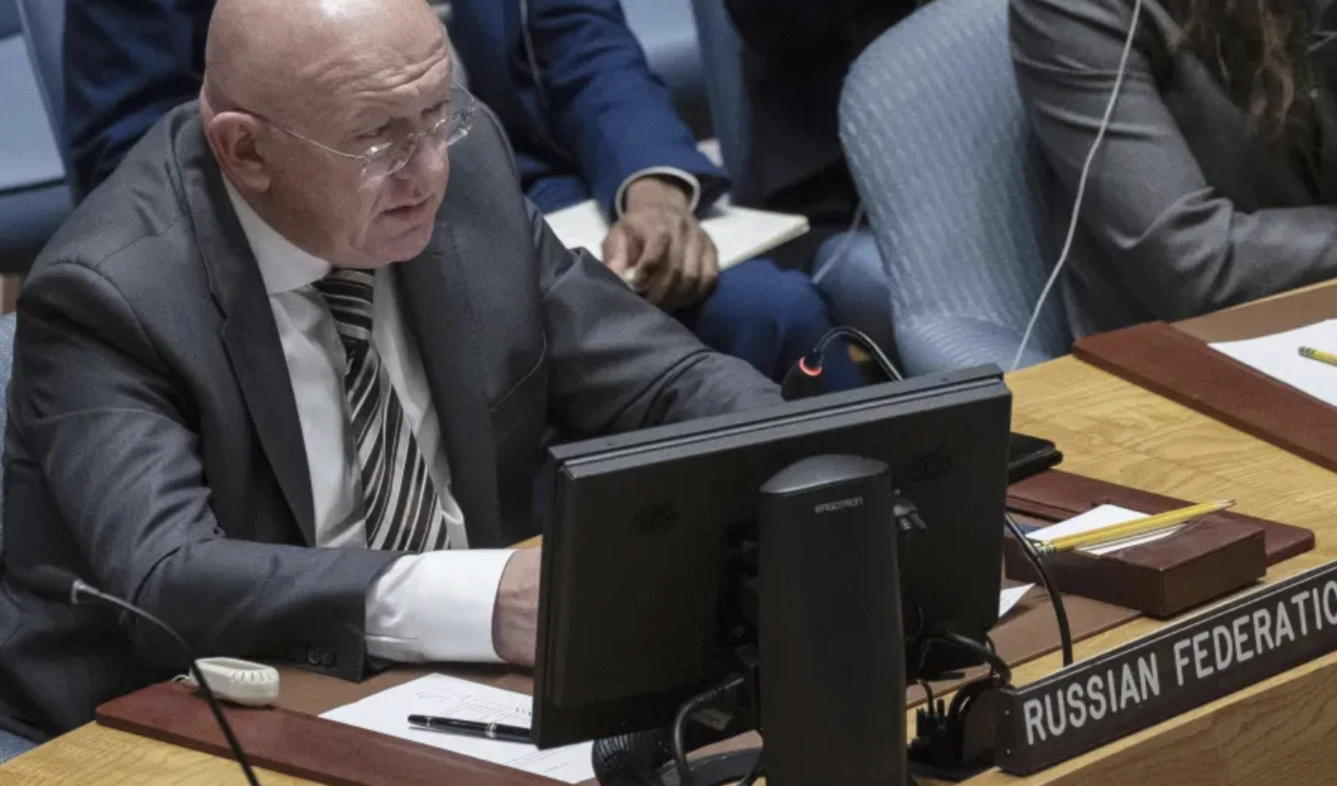Thousands of hidden brain injuries in Israeli army: Israeli media
A Knesset session exposes thousands of undiagnosed brain injuries among Israeli soldiers, with experts warning of a growing, overlooked medical crisis.
-

This photo released by the Israeli occupation on November 2, 2023, shows ground raids inside the Gaza Strip. (AP)
Israeli newspaper Yedioth Ahronoth has reported on what it described as “disturbing” data presented during a recent session of the Knesset’s subcommittee on Foreign Affairs and Security, which focused on the growing crisis of brain injuries within the ranks of the Israeli army.
The session, chaired by Knesset member Eliezer Stern, highlighted the extent of undiagnosed and hidden traumatic brain injuries (TBIs) affecting soldiers, particularly those injuries that do not appear in standard imaging such as CT scans. The findings point to a deepening medical issue within the military establishment, exacerbated by limited post-injury care and diagnosis.
During the session, Rachel Grander, director of the Brain Sciences Research Center at Sheba-Tel Hashomer Hospital, presented alarming data. She revealed that 7 out of 10 soldiers admitted to hospitals following combat exposure had normal CT scan results, yet were later diagnosed with traumatic brain injuries.
Read next: Israeli soldiers 'fatigued', 'needs rest', Israeli media say
She noted that 94% of these injuries were due to blast-wave exposure, a common feature of modern combat scenarios. In addition, blood tests conducted on injured personnel transported by "Unit 669" showed that 6 out of 10 presented with high markers consistent with brain trauma. Grander emphasized that conventional imaging fails to detect about 80% of such injuries, meaning thousands of soldiers may be suffering from undiagnosed conditions.
MK Eliezer Stern raised concerns about the diminishing attention given to injured soldiers once active fighting ends. He warned of the “danger of being forgotten,” stressing that a ceasefire should not signal the end of care and attention for the wounded. "The fear is that attention will wane," he said, underscoring the importance of long-term support and monitoring.
IOF’s medical infrastructure under strain
Shachar Gizundheit, director of the “OR Community” for People with Brain Injuries & Their Families Ltd (NPO), painted a grim picture of the military’s ability to address the growing crisis. According to him, 70% of war casualties in the Israeli army have suffered from traumatic brain injuries.
He added that, despite the rising need, 400 new war casualties have not received any treatment solutions to date, further highlighting the strain on the medical system.
The findings presented in the Knesset have renewed calls in the occupation for an overhaul in how traumatic brain injuries are diagnosed and treated within the Israeli military. Occupation experts stress the need for advanced diagnostic tools beyond conventional imaging, along with long-term rehabilitation programs to prevent further deterioration in the health of affected soldiers.
As the issue continues to grow, Israeli medical professionals and lawmakers alike are urging immediate action to prevent thousands of soldiers from falling through the cracks of a system unprepared for the scale of hidden brain injuries.
On a related note, more than 1,100 soldiers have been officially discharged due to post-traumatic stress disorder (PTSD) since October 2023, according to a September report.
Israeli military figures indicate that between October and July, 1,135 active-duty soldiers, reservists, and career service members were removed from their positions, ranging from frontline combat roles to rear-line support, because of trauma-related psychological conditions. Commanders were increasingly vocal about the strain their forces are enduring, particularly among those deployed repeatedly to combat zones.
This mental health crisis is mirrored by a significant increase in suicide cases among occupation soldiers. According to official figures, 21 soldiers committed suicide in 2024 alone, the highest number in over a decade.

 4 Min Read
4 Min Read










